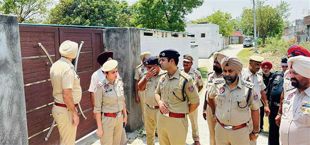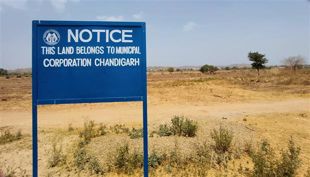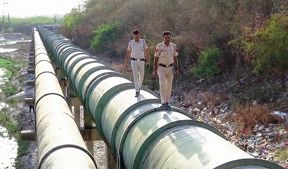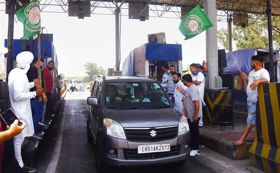
Photo for representational purpose only. iStock
Vijay Mohan
Tribune News Service
Chandigarh, August 6
The existence of five active geological fault lines in the north-western region has been validated in a five-year long research project undertaken by the Indian Institute of Technology, Kanpur, in association with Panjab University, Chandigarh, and two other institutions.
The Kangra Valley fault in Himachal Pradesh; Pinjore Garden and Jhajra Fault, the Khetpurali Taksal Fault, both in Haryana, the Himalayan Frontal Thrust along the left bank of the Beas, near Hajipur; and the Himalayan Frontal Thrust in Kumaon Himaalayas along the Gabua-Dhol-Nandpur axis are those that have been authenticated.
A fault is a fracture or zone of fractures between two blocks of rock. Faults allow relative movement between the blocks which may occur rapidly, in the form of an earthquake, or slowly over a period of time. The length of a fault may vary from just a few meters to several thousand kilometers.
Faults can have a large influence on the mechanical behaviour, such as strength and deformation, of soil and rock masses and their assessment is critical seismic zoning and for planning construction of buildings, roads, bridges, tunnels, pipelines and railroads.
The project, tittled “Active fault, paleoseismic and crustal deformation in north-western and Central Himalayas: An integrated approach towards seismic hazard assessment”, was funded by the Ministry of Earth Sciences at a cost of Rs 5.54 crore. It is expected to be complete by September 2021, according to a statement made by the Ministry in the Lok Sabha today.
As per the objective of the project, active faults were identified and mapped using satellite data and ground-truthing was carried out in areas like Central Kumaon Himalayas, Chandigarh-Pinjore, Ropar-Hajipur-Pathankot and Kangra.
Studies and identificatiuon of faults and rock deformation in areas covering the Dehradun foothills and Central Himalayas from east of Kaladungi till west of Nepal is still under progress, according to the ministry’s statement.
Join Whatsapp Channel of The Tribune for latest updates.



























